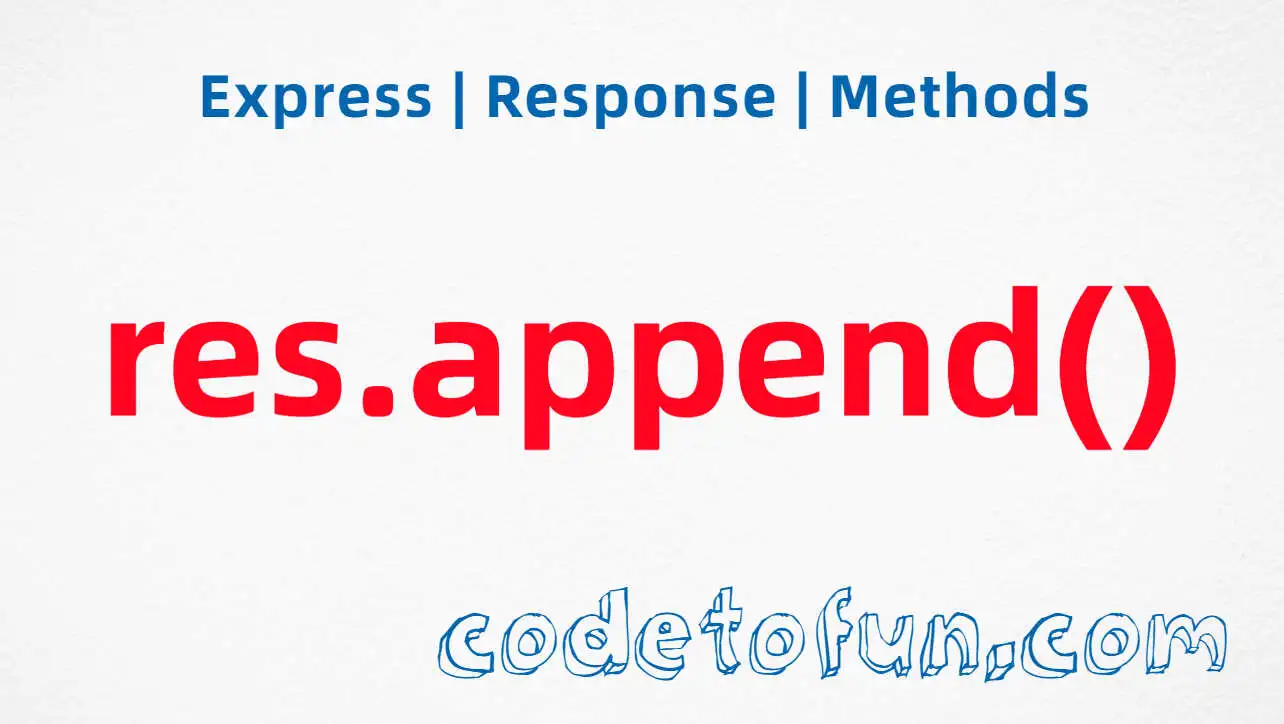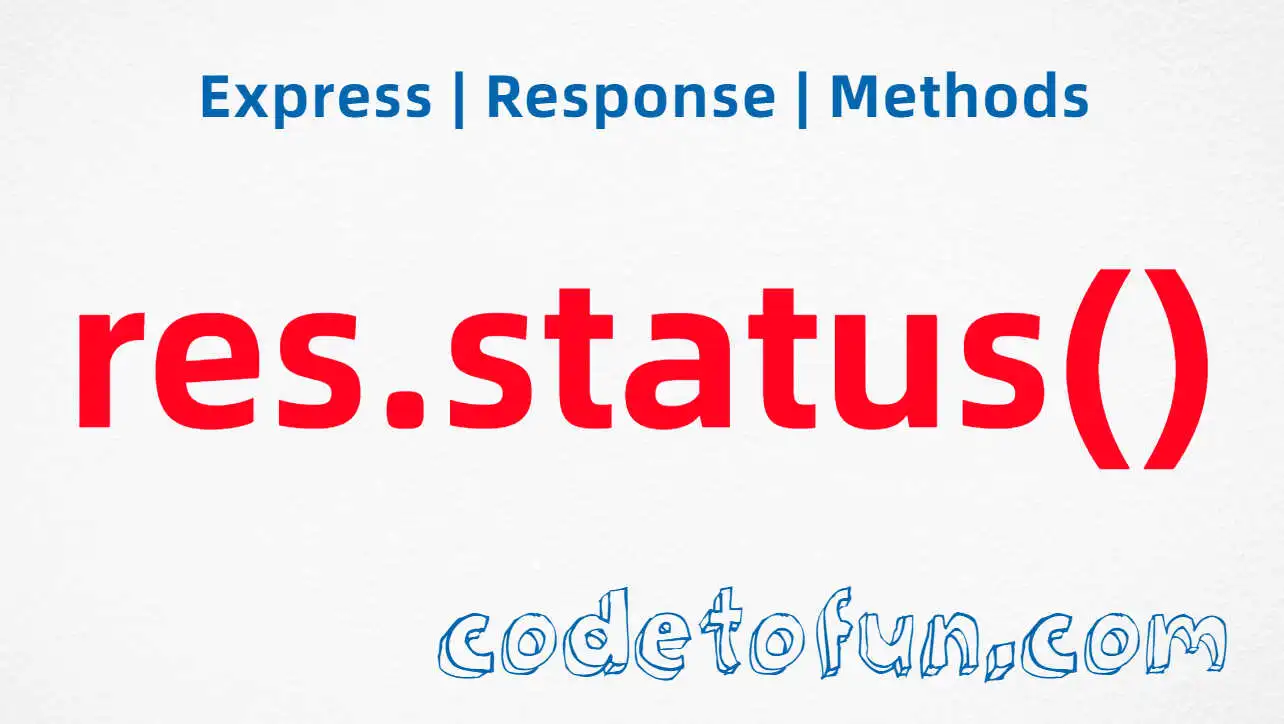
Express.js Basic
- express Intro
- express express()
- express Application
- express Request
Properties
- req.app
- req.baseUrl
- req.body
- req.cookies
- req.fresh
- req.host
- req.hostname
- req.ip
- req.ips
- req.method
- req.originalUrl
- req.params
- req.path
- req.protocol
- req.query
- req.res
- req.route
- req.secure
- req.signedCookies
- req.stale
- req.subdomains
- req.xhr
Methdos
- express Response
- express Router
Express req.subdomains Property

Photo Credit to CodeToFun
🙋 Introduction
When building web applications with Express.js, understanding subdomains can be crucial for implementing features like multi-tenancy or organizing content. The req.subdomains property in Express.js provides information about the subdomains present in the current request.
In this guide, we'll explore the syntax, usage, and practical examples of req.subdomains, shedding light on how it can enhance your Express.js applications.
💡 Syntax
The req.subdomains property is accessed within a route handler function:
const subdomains = req.subdomains;- subdomains: An array containing the subdomains extracted from the current request.
❓ How req.subdomains Works
req.subdomains is an array that holds the subdomains present in the current request's domain. This property is particularly useful when dealing with applications that utilize subdomains for different purposes, such as user accounts or language preferences.
// Assuming the request is for 'user.example.com'
const subdomains = req.subdomains;
// subdomains will be ['user']In this example, if the request is made to 'user.example.com', the req.subdomains property will contain an array with the value ['user'].
📚 Use Cases
Multi-Tenancy:
Leverage
req.subdomainsto implement multi-tenancy, where different subdomains represent distinct tenants with their own content or settings.example.jsCopiedapp.get('/', (req, res) => { const subdomains = req.subdomains; if (subdomains.length > 0) { const tenant = subdomains[0]; res.send(`Welcome to the ${tenant} subdomain`); } else { res.send('Welcome to the main domain'); } });Language Preferences:
Use
req.subdomainsto determine language preferences based on subdomains, allowing users to access content in their preferred language.example.jsCopiedapp.get('/language', (req, res) => { const subdomains = req.subdomains; if (subdomains.length > 0) { const language = subdomains[0]; res.send(`You've selected the ${language} language`); } else { res.send('No subdomain language preference detected'); } });
🏆 Best Practices
Check Array Length:
Before accessing the elements of
req.subdomains, check the length to ensure there are subdomains present in the request.example.jsCopiedconst subdomains = req.subdomains; if (subdomains.length > 0) { // Process subdomains } else { // Handle the case where no subdomains are present }Error Handling:
Implement error handling for cases where subdomain extraction might fail or encounter unexpected issues.
example.jsCopiedtry { const subdomains = req.subdomains; // Process subdomains } catch (error) { // Handle errors related to subdomain extraction res.status(500).send('Internal Server Error'); }
🎉 Conclusion
The req.subdomains property in Express.js provides valuable information about subdomains in a request, enabling you to build dynamic and context-aware applications. By exploring its syntax, use cases, and best practices, you can harness the power of req.subdomains to enhance your Express.js projects.
Now, with insights into subdomain information, go ahead and optimize your Express.js applications with this powerful feature!
👨💻 Join our Community:
Author

For over eight years, I worked as a full-stack web developer. Now, I have chosen my profession as a full-time blogger at codetofun.com.
Buy me a coffee to make codetofun.com free for everyone.
Buy me a Coffee












If you have any doubts regarding this article (Express req.subdomains Property), please comment here. I will help you immediately.